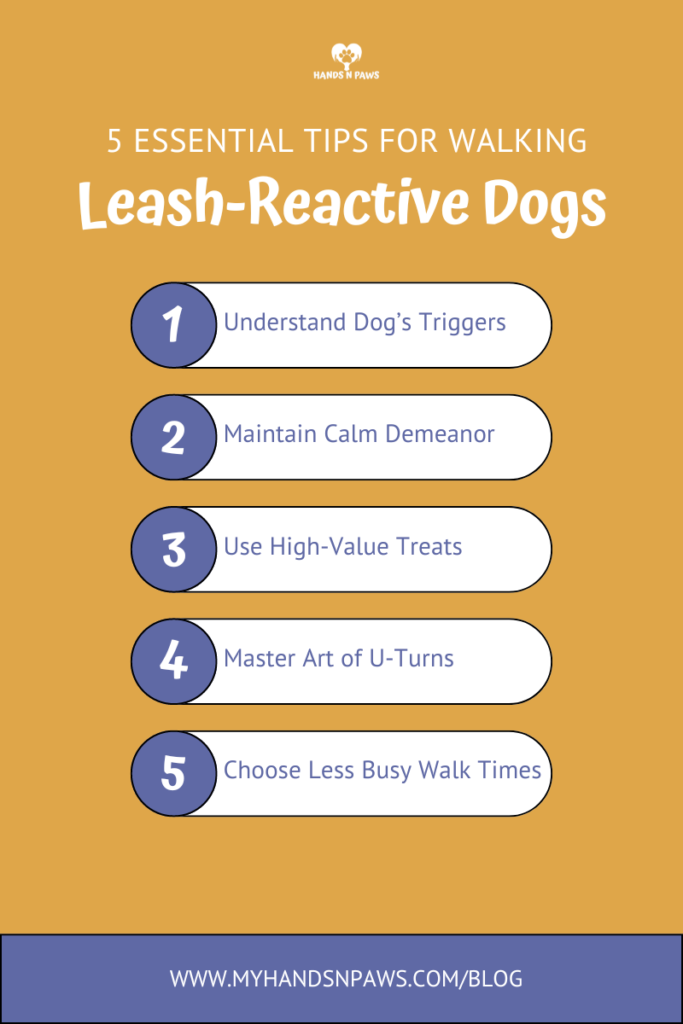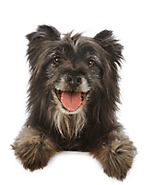As spring weather beckons, the streets are alive with more people and their pets, creating a stimulating environment that can be challenging for those managing leash-reactive dogs. However, with careful preparation and effective strategies, these potentially stressful situations can be transformed into enjoyable outings. Whether you’re a professional dog walker in Columbus or a pet parent just seeking some guidance, this guide offers practical advice to confidently manage reactive dogs.
1. Understand the Dog’s Triggers
Before embarking on any walks, understanding the dog’s specific triggers is essential. Whether it’s other dogs, people, or cyclists, knowing what provokes a dog’s reactive behavior allows you to better prepare and manage these situations. Recognizing the distance at which your dog begins to react is particularly crucial and can greatly influence your handling strategy. Once you’ve identified the dog’s triggers, it’s best to avoid them altogether during walks to prevent potential behavioral issues. However, if encountering triggers is unavoidable, remain vigilant and prepared to implement the strategies discussed below.
2. Maintain a Calm Demeanor
The demeanor you project can significantly affect a reactive dog. Maintaining calm and composed behavior helps to reassure the dog. Using calming signals, such as yawning and keeping the leash loose, communicates to the dog that there is no threat, aiding in keeping them relaxed. Moreover, practicing steady and slow movements can prevent startling the dog, which is especially important in unexpected or tense situations.
3. Equip Yourself with High-Value Treats
High-value treats are essential for managing reactivity. These should be irresistible to the dog, like small pieces of cheese or hot dog, and used to reward calm behavior as soon as a potential trigger appears. Treats should be discontinued once the trigger passes. If you’re a dog walker in Columbus, it’s important to consult the dog’s parent first about dietary preferences, any allergies, and to avoid toxic pet foods prior to giving treats.
4. Master the Art of the U-Turn
Developing a U-turn technique can be invaluable for avoiding challenging situations. This involves turning and moving in the opposite direction before the dog reacts to a trigger. Using high-value treats as a lure can facilitate this maneuver, and practicing it even without the presence of triggers helps the dog learn to focus on you instead of external stimuli. Regular practice of this technique can turn it into a seamless part of your walk, reducing stress for both you and the dog.
5. Choose Less Busy Walking Times
Choosing less busy times for walks can significantly reduce the likelihood of encountering triggers. Early mornings or later evenings are typically quieter and more suitable for walking a reactive dog. Consulting with the dog’s parent about their preferred walking times can also help avoid peak periods. Additionally and/or if unable to walk at more suitable times, selecting routes with fewer distractions, such as quieter residential areas or dog-friendly areas during off-peak hours, can further minimize the chances of encountering triggers.
A Path to Safer and More Enjoyable Outings
By incorporating these strategies, dog walkers in Columbus and pet parents alike can ensure safer, more enjoyable walks with reactive dogs. Emphasizing preparation, patience, and proactive measures not only enhances the walking experience but also fosters a deeper bond between you and the dogs you care for. Walking a reactive dog doesn’t have to be a stressful endeavor; with the right approach, it can be a rewarding opportunity to help a dog overcome their challenges.

















